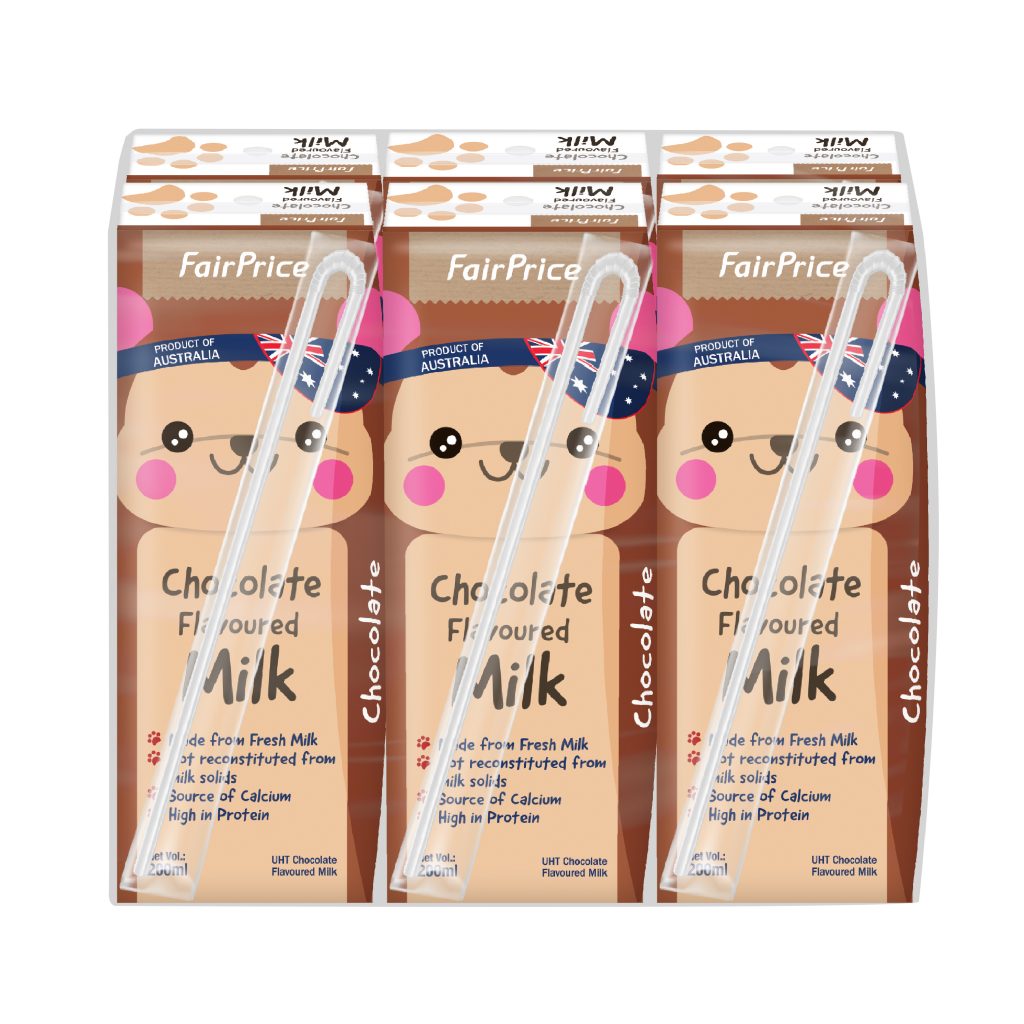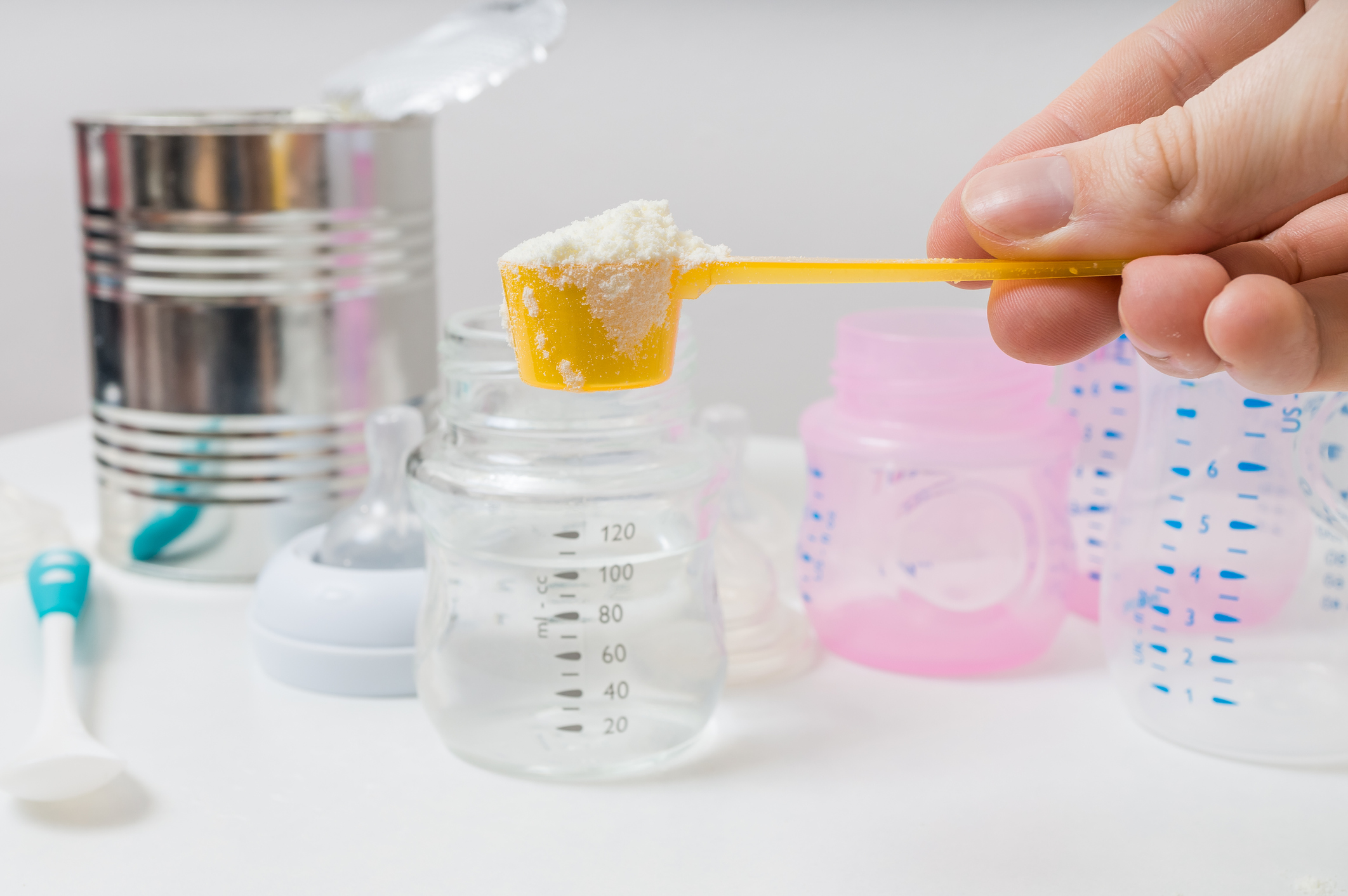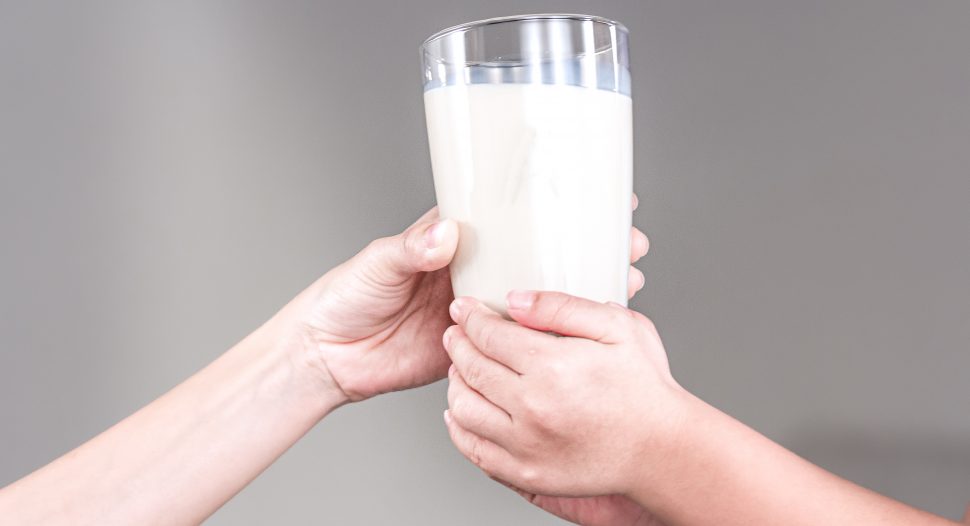From children drinking quality formula milk to teen, adults or even seniors having milk with their cereal for breakfast, milk plays a crucial role in building strong bones, teeth and more throughout the years.
If you have ever hesitated in picking up UHT milk and settled on a fresh carton instead, you can probably relate to the many misconceptions surrounding the former choice. It’s really not what you think it is — so get ready to be more savvy about dairy as we debunk these 4 white lies about milk you must stop believing!
Myth 1: UHT milk is inferior to fresh milk
Let’s start things off by explaining what UHT milk is. UHT stands for “ultra high temperature” and this refers to the process where it is heated at 150°C for five seconds. This process helps to kill all harmful microorganisms and deactivate enzymes that can spoil the milk.
Contrary to what you may think, all the nutrients are not lost during this process. It does not affect the loss of minerals such as calcium, magnesium and potassium; only water-soluble vitamins such as B and C are more susceptible to heat and may break down a little. However, these vitamins are easily found in citrus fruits and broccoli so it is relatively easy to replenish the minimal loss.
More importantly, you should know that a product such as full cream fresh milk in a UHT carton is not an inferior choice. And neither are varieties such as this UHT Chocolate Flavoured Milk for children in irresistibly cute packaging — it contains calcium, is high in protein and a quality product of Australia not reconstituted from milk solids!
UHT milks are really just as nutritious as fresh milk with a longer shelf life; you can even store them at room temperature or in the refrigerator if your child prefers drinking them chilled. However, do take note that it should be refrigerated and consumed within five days after opening.

Myth 2: Only full-fat milk is nutritious
No matter full-fat, reduced-fat (2%) or low-fat (1%) milk, all provide the nine essential nutrients such as calcium, vitamin D and high-quality protein in the same amounts. The difference lies in their calories.
Here’s a quick look to prove our point for one serving of milk (230 – 250ml):
| Whole milk | Low fat milk | |
| Fat by weight (%) | 2.35 | 2 |
| Fat by grams (g) | 8 | 5 |
| Calories (kcal) | 150 | 120 |
The health-conscious crowd may choose low fat or fat-free milk, but don’t turn your nose up at fat! When consumed in moderation, fat helps to provide energy, support cell growth and protect nerves. It also plays an important role in helping our bodies absorb nutrients (mainly fat-soluble vitamins). In children, fat also aids in their growth and development, which is why medical experts generally recommend that children consume whole milk until they reach at least two years of age.

Myth 3. Expensive formula milk is better for children
The Singapore Food Authority (SFA) regulates formula milk with stringent criteria. Price is not the only factor in determining quality! Affordable choices also offer the right amount of nutrients your growing child needs. In fact, children actually enjoy more options as they reach their “legal drinking age” at 12 months for cow’s milk.
If your child is beyond one year old, you may give them growing up milk formula and even graduate to full cream fresh milk to better meet their nutritional needs. Introduce milk into your toddler’s diet slowly — for example, blend some milk with your child’s favourite fruit or use it to soften rolled oats and even cereals in assorted mini packs just like what the bigger children have!
Balance is key. Ultimately, a toddler should get his major source of nutrients from food, and not milk. Milk is great as a supplement in providing vitamins and minerals like calcium, on top of a balanced diet.
Myth 4: Children need more milk than adults
Do kids really need to guzzle more milk than adults for growth? Not really. The recommended daily calcium intake for adults and children is actually almost comparable! According to the Health Promotion Board of Singapore, adults (aged 19 to 50 years old) need 800mg calcium every day and adolescents (aged 10 to 18 years old) require 1,000mg. You may think you can get your calcium from other food sources. But just that would mean consuming copious amounts of some food to meet your recommended intake!
For instance, every 300mg intake of calcium would require you to eat:
- 16 servings of spinach
- 20 servings of salmon
- 10 servings of red beans
In contrast, a 250ml cup of milk gives you the same amount of calcium. Milk is still always a good and easy source of calcium so, drink up!
***
Which of these white lies about milk will you stop believing? We hope that this list has effectively debunked the myths and will help you make more informed choices when you’re shopping for milk next time!



